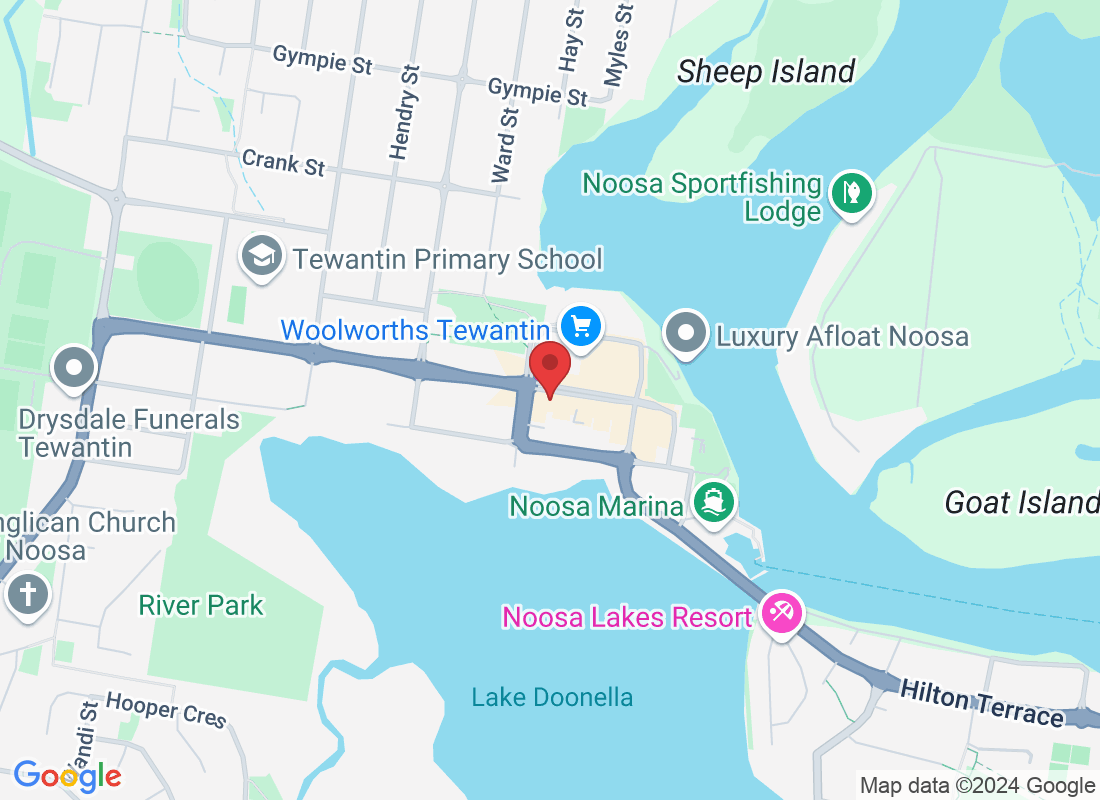
Why Does My Lower Back Hurt After Sitting All Day?
Ever stood up after a long day at your desk and thought, “Ouch—why does my back feel like I’m 90 years old?” You’re not alone. Lower back pain from sitting too long is one of the most common things we see in the clinic. The good news? There are simple reasons why it happens—and even better ways to fix it.
Let’s break it down.
What’s Actually Happening to Your Back?
Our bodies are built to move. Sitting still for hours—especially in a slouched or awkward position—can put extra pressure on your lower back.
Here’s what might be going on:
Muscles switch off: When you sit for too long, your core and glute muscles get a bit lazy. That puts more strain on your back muscles to keep you upright.
Discs get compressed: Your spine is made up of bones (vertebrae) with soft discs in between. Sitting too much can squish those discs, especially in your lower back.
Joints stiffen up: Just like your knees or shoulders, your back joints can get stiff when they don’t move much. That stiffness can feel like a deep ache or tightness when you finally get up.
Is It a Serious Problem?
Most of the time, this type of back pain is what we call “mechanical” pain. That means it’s caused by how you move—or don’t move—rather than something like a disc injury or serious condition.
So no, it’s usually not dangerous. But it is your body’s way of saying, “Hey! I need a break from sitting!”
Ignoring it for too long can lead to more ongoing pain or even flare-ups that stop you from doing the things you enjoy.
What Makes It Worse?
A few things can crank up the discomfort, including:
Slouching or leaning forward at your desk
Not taking breaks to move around
Sitting in soft couches or chairs without back support
Stress or tension—yep, your body holds onto it!
And for those working from home or on long drives, it’s even easier to fall into bad habits.
What Can You Do to Feel Better?
The key is to move more and sit smarter. Here are some easy physio tips to try:
1. Move every 30 minutes
Set a timer or use a reminder app. Even a quick walk to the kitchen or a few gentle stretches at your desk can help.
2. Fix your sitting posture
Sit tall with your feet flat on the ground
Keep your hips slightly higher than your knees
Support your lower back with a small cushion or lumbar roll
3. Try gentle stretches
Some great ones to ease stiffness include:
Knees-to-chest stretch lying on your back
Cat-cow stretch on all fours
Seated twists to get your spine moving again
(If you’re not sure how to do these, a physio can show you the right way.)
4. Strengthen your core and glutes
Stronger muscles take the load off your back. Think small, regular exercises like bridges, bird-dogs, or mini planks.
5. Stay active outside of work
Walking, swimming, cycling—whatever gets your body moving—can help your back stay happy.
When Should You See a Physio?
If your back pain sticks around, keeps getting worse, or is starting to affect your sleep or daily life, it’s worth having a chat with a physio.
We can help:
Figure out what’s really going on
Show you how to move safely and build strength
Create a plan that fits your lifestyle and goals
You don’t have to just “put up with it.” Most people feel better pretty quickly once they start moving the right way.
The Bottom Line
If your lower back hurts after sitting all day, it’s your body’s way of asking for change. A few small tweaks—like taking breaks, stretching more, and improving your posture—can make a big difference.
And if you need a hand getting back on track, that’s what we’re here for.



